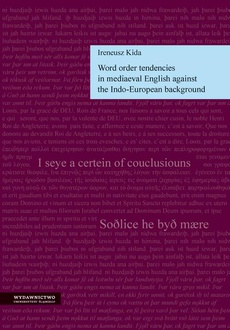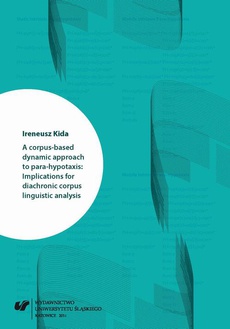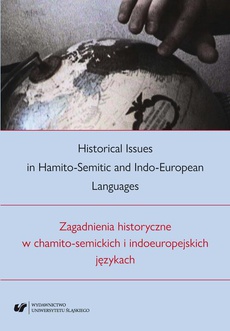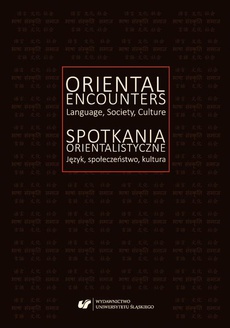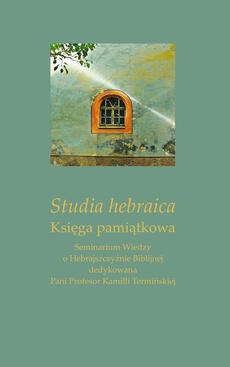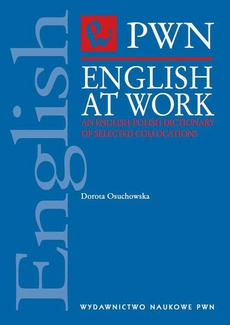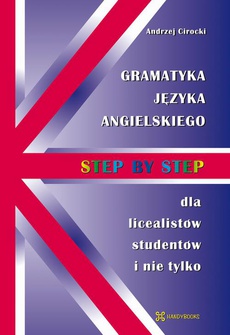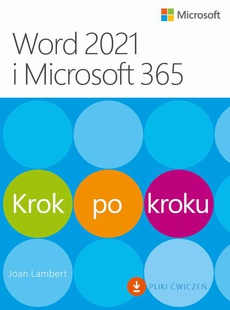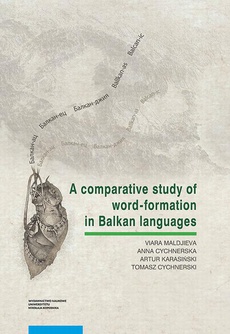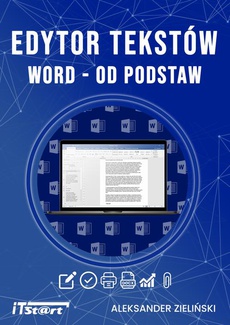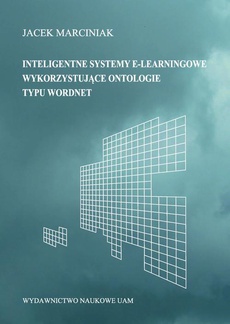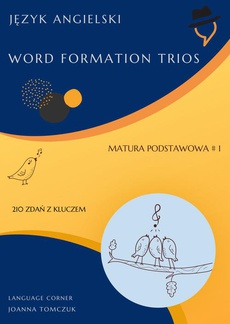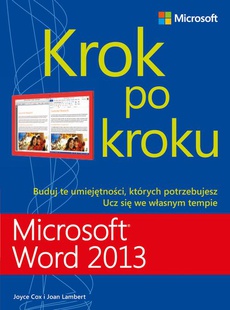INNE EBOOKI AUTORA
Word order tendencies in mediaeval English against the Indo-European background
Autor:
Wydawca:
Format:
pdf, ibuk
Głównym celem pracy Ireneusza Kidy jest omówienie zmian w szyku zdaniowym średniowiecznej angielszczyzny na tle wybranych języków indoeuropejskich. Książka prezentuje jednocześnie autorską metodę tworzenia korpusu tekstowego, służącego do badania zmian składniowych z OV na VO w średnio-angielszczyźnie, a także między innymi do badania tekstów staronordyckich i anglo-normańskich.
Rozdział pierwszy szczegółowo omawia sposób, w jaki konstruowany był ów korpus. W rozdziale drugim dokonano z kolei analizy struktury szyku wyrazów w najdawniejszych inskrypcjach runicznych oraz w tekstach najstarszych języków germańskich pisanych prozą, a również omówiono w nim pragermański szyk zdaniowy. Rozdziały trzeci i czwarty prowadzą nas natomiast do wniosku, że definitywna zmiana na szyk VO w języku angielskim zaszła w XII i XIII wieku oraz że generalnie dokonywała się ona szybciej w zdaniach głównych niż w zdaniach pobocznych.
W kończącym pracę rozdziale piątym autor dochodzi również do konkretnych wniosków dotyczących trajektorii zmian szyku wyrazów w języku angielskim w szerszym kontekście niektórych języków indoeuropejskich.
| Rok wydania | 2011 |
|---|---|
| Liczba stron | 162 |
| Kategoria | Język angielski |
| Wydawca | Uniwersytet Śląski |
| ISBN-13 | 978-83-8012-606-0 |
| Numer wydania | 1 |
| Język publikacji | angielski |
| Informacja o sprzedawcy | ePWN sp. z o.o. |
POLECAMY
Ciekawe propozycje
Spis treści
| List of contents | |
| Introduction / | 7 |
| The aim of the book / | 7 |
| The structure of the book / | 8 |
| C h a p t e r 1 Forming an annotated corpus | |
| 1.1. Outline of word order theories / | 13 |
| 1.2. Forming our own corpus for the analysis of word order changes / | 18 |
| 1.2.1. Introduction / | 18 |
| 1.2.2. Tags used in the corpus / | 19 |
| 1.2.3. The main clause / | 20 |
| 1.2.4. The dependent clause / | 23 |
| 1.2.5. Corpus flexibility: the investigation of parataxis and hypotaxis / | 25 |
| 1.2.6. Concluding remarks / | 36 |
| C h a p t e r 2 Proto-Germanic word order | |
| 2.1. Proto-Indo-European and its later developments / | 37 |
| 2.2. Proto-Germanic word order / | 39 |
| 2.3. Word order in runic inscriptions / | 40 |
| 2.4. How much does Old High German tell us about the Proto-Germanic word order? / | 53 |
| 2.4.1. Introduction / | 53 |
| 2.4.2. The analysis of Tatian (T1) / | 54 |
| 2.4.3. The analysis of the Vulgate (L1) for comparison with Tatian (T1) / | 56 |
| 2.4.4. The analysis of Tatian (T2) for comparison with T1 and L1 / | 60 |
| 2.5. How much does Gothic tell us about the Proto-Germanic word order? / | 61 |
| 2.5.1. Introduction / | 61 |
| 2.5.2. Comparison of the Gothic Bible (Go1) with the Septuagint (Gr1) / | 62 |
| 2.6. The West-Saxon Bible (WSB1): how much of Englishness? / | 69 |
| 2.7. The influence of Latin and Greek upon the translations of the Bible into the oldest Germanic dialects / | 71 |
| 2.8. Proto-Germanic word order according to our analysis / | 73 |
| C h a p t e r 3 Old English word order | |
| 3.1. Some characteristics of the Old English word order / | 79 |
| 3.2. The analysis of the Old English Orosius / | 83 |
| 3.3. The analysis of Ælfric’s Catholic Homilies / | 85 |
| 3.4. Word order in the Anglo-Saxon Chronicle: comparison of the entries pre-1066 of the A-manuscript and the E-manuscript / | 88 |
| 3.5. The Parker Chronicle: the pre-891 and the 891—1066 periods compared / | 93 |
| 3.6. The Peterborough Chronicle: the pre-891 and the 891—1066 periods compared / | 97 |
| 3.7. Old Norse: how much of Scandinavian influence upon the word order of English? / | 102 |
| 3.7.1. The socio-linguistic background / | 102 |
| 3.7.2. The analysis of word order in Heimskringla / | 104 |
| C h a p t e r 4 Middle English word order | |
| 4.1. Towards the shaping of the Middle English word order / | 109 |
| 4.2. Word order in the entries 1067—1121 of the Peterborough Chronicle / | 110 |
| 4.3. Word order in the First Continuation of the Peterborough Chronicle (entries 1122—1131) / | 111 |
| 4.4. Word order in the Second Continuation of the Peterborough Chronicle (entries 1132—1154) / | 114 |
| 4.5. The analysis of Juliana / | 118 |
| 4.6. Introduction to the analysis of Ancrene Wisse / | 120 |
| 4.6.1. Word order in Ancrene Wisse / | 121 |
| 4.7. The analysis of the Prose Treatises of Richard Rolle de Hampole / | 124 |
| 4.8. The analysis of Geoffrey Chaucer’s Astrolabe / | 126 |
| 4.9. The analysis of the Wycliffe’s Bible (WB1) / | 128 |
| 4.10. Anglo-Norman: how much of influence upon the English word order? / | 130 |
| 4.10.1. The socio-linguistic background / | 130 |
| 4.10.2. Some facts concerning the word order of Anglo-Norman based on the comparison of Foedera and its Latin counterpart / | 134 |
| 4.10.3. The analysis of word order in Foedera / | 136 |
| C h a pt e r 5 The trajectory of word order change in English | |
| 5.1. Conclusions / | 139 |
| 5.2. The locus of VO spread: main vs subordinate clauses / | 139 |
| 5.3. The diachrony of the development of word order in English: from pre-Proto-Germanic to Late Middle English / | 141 |
| Bibliography / | 147 |
| References / | 147 |
| Sources / | 150 |
| Assisting websites / | 151 |
| Streszczenie / | 153 |
| Résumé / | 154 |

